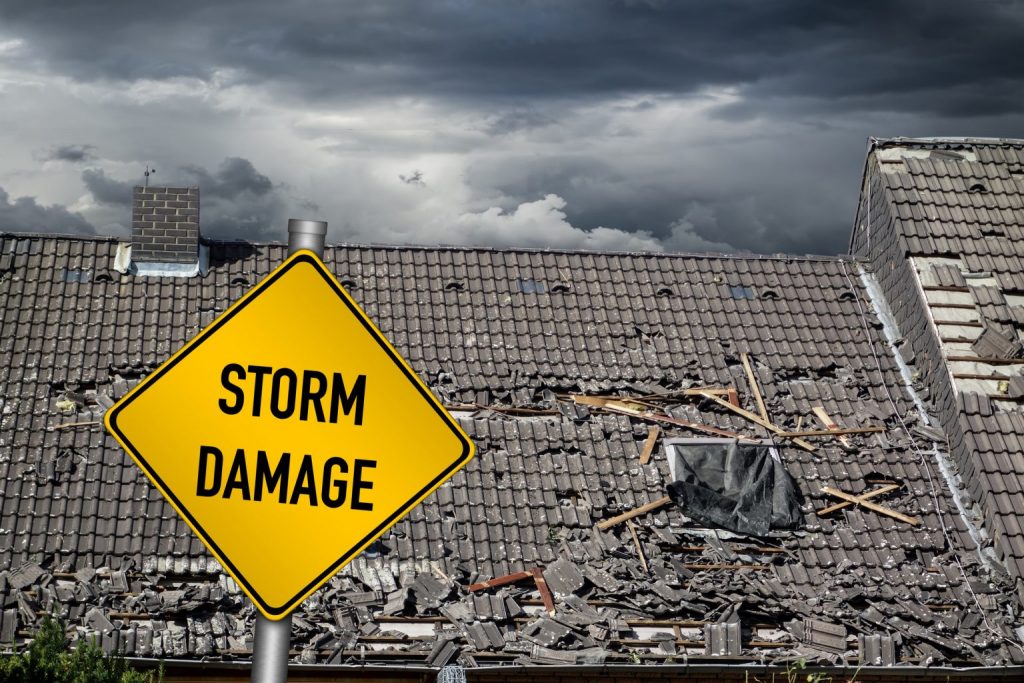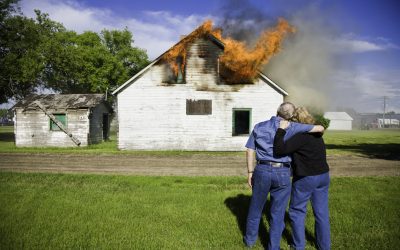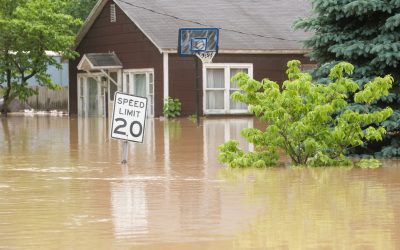Storm Damage Claims: Common Doubts and Answers
When a storm hits your home or business, the aftermath can be devastating. Between fallen trees, broken roofs, shattered windows, and water intrusion, the damage can pile up quickly. And when the storm clears, the real challenge begins — filing storm damage claims with your insurance company.
Unfortunately, many homeowners and business owners feel overwhelmed by the process and unsure of what steps to take. In this guide, we’ll address the most common doubts surrounding storm damage claims, so you can be confident, informed, and better prepared to protect your property and finances.
What Are Storm Damage Claims?
Storm damage claims are insurance claims filed by policyholders who have suffered property damage due to natural disasters such as:
- Hurricanes
- Tropical storms
- Heavy rain
- Hailstorms
- Windstorms
- Lightning
These events can result in roof damage, structural issues, water damage, electrical problems, and more. When properly documented and filed, storm damage claims can help property owners recover the cost of repairs, replacements, and in some cases, temporary living expenses or lost business income.
Common Doubt #1: Is Storm Damage Covered by My Homeowners Insurance?
Understanding Your Policy
In most cases, storm damage is covered, but it depends on what caused the damage and what’s included in your specific insurance policy.
✅ Typically Covered:
- Wind damage
- Hail damage
- Water damage caused by rain entering through storm-damaged areas
- Fallen trees damaging structures
- Lightning strikes
❌ Usually Not Covered:
- Flooding (unless you have a separate flood insurance policy)
- Earth movement (like sinkholes or landslides)
- Poor maintenance that worsened storm-related damage
Tip: Review your policy carefully. If you’re unsure, a public adjuster can help interpret your coverage and determine what’s claimable.
Common Doubt #2: What Should I Do Immediately After the Storm?
After a storm, your actions can impact the outcome of your storm damage claim. Here’s what you should do:
Post-Storm Checklist:
- Ensure safety first – Wait until it’s safe to inspect your property.
- Take photos and videos – Document all visible damage to your roof, siding, windows, and interiors.
- Prevent further damage – Use tarps, boards, or sandbags to reduce additional losses.
- Keep receipts – Track any temporary repair or living expenses.
- Contact your insurer – Report the damage and start the claim process.
- Consider hiring a public adjuster – Especially for large or complex storm damage claims.
Failing to take these steps could result in denied or underpaid claims, which is why documentation and prompt action are crucial.
Common Doubt #3: Do I Need a Public Adjuster for Storm Damage Claims?
While you are not required to hire one, working with a licensed public adjuster can significantly improve your chances of a fair settlement.
Benefits of Hiring a Public Adjuster:
- Provides a detailed and accurate damage assessment
- Handles all claim paperwork and communication
- Fights to maximize your payout
- Identifies hidden damage that may be missed by the insurance adjuster
- Saves you time and reduces stress
In Florida, where storms and hurricanes are frequent, storm damage claims are often high-stakes. Having a professional in your corner ensures you’re not taken advantage of by insurance companies trying to minimize payouts.
Common Doubt #4: How Long Do I Have to File a Storm Damage Claim in Florida?
Florida Filing Deadlines
As of 2023, Florida law requires that property insurance claims be filed within one year from the date of the loss for storm-related damages.
However, this window may vary depending on your insurance policy or the type of claim being filed (initial vs. supplemental). The sooner you file, the better. Delays can result in lost evidence, additional damage, and insurer skepticism.
Pro tip: Even if you’ve already filed a claim and received a settlement, you may still be eligible for a supplemental claim if additional damage is discovered.
Common Doubt #5: Why Was My Storm Damage Claim Denied or Underpaid?
Unfortunately, many storm damage claims in Florida are denied or paid out below the actual repair costs. There are several reasons this may happen:
Possible Reasons for Denial or Underpayment:
- Insufficient documentation of the damage
- The insurance adjuster undervalued the repairs
- Damage categorized as pre-existing
- The insurer claims the damage is from wear and tear, not the storm
- Missed deadlines or technical filing errors
When this happens, a public adjuster or insurance dispute attorney can help you challenge the decision and demand a fair settlement.
Common Doubt #6: What Types of Storm Damage Are Often Overlooked?
It’s easy to spot broken windows or a tree on your roof, but not all storm damage is immediately obvious.
Commonly Missed Storm Damages:
- Lifted or cracked roof shingles
- Water intrusion behind walls or under flooring
- Structural shifts or cracks
- Window seal failures
- Electrical system damage
- Mold from undetected water leaks
That’s why it’s important to have a thorough inspection by a qualified professional, not just your insurer’s adjuster.
Common Doubt #7: How Are Storm Damage Claims Paid Out?
Claim Payment Process
Most storm damage claims are paid in stages:
- Initial Advance – A small portion to begin temporary repairs.
- Actual Cash Value (ACV) – Depreciated value of your damaged items or property.
- Replacement Cost Value (RCV) – Remaining balance paid after repairs or replacements are completed and documented.
Your deductible will be subtracted from the final payout. Be sure to check whether your policy has a hurricane deductible, which may be higher than your standard deductible.
Common Doubt #8: What If the Insurance Company’s Estimate Seems Too Low?
This is a frequent issue. If you feel the insurer’s estimate doesn’t reflect the true cost of repairs, you have options.
What You Can Do:
- Get independent estimates from licensed contractors
- Request a reinspection
- Hire a public adjuster to prepare a more detailed claim
- File a dispute or appraisal request
- Consult with an insurance attorney if necessary
Never settle for less than what’s needed to fully restore your home or business.
How Care Public Adjuster Helps with Storm Damage Claims
At Care Public Adjuster, we specialize in storm damage claims for residential and commercial property owners throughout Florida. Our team works on your behalf—not the insurance company’s—to:
- Inspect your property and identify all damages
- Accurately estimate repair costs
- Handle every step of the claim process
- Negotiate aggressively to maximize your settlement
- Help resolve denied or underpaid claims
We understand the tactics insurers use and how to counter them with facts, documentation, and experience.
Final Thoughts on Storm Damage Claims
Storms are unpredictable, but your insurance claim doesn’t have to be. By understanding your policy, documenting thoroughly, and seeking expert help, you can navigate the process more smoothly—and avoid getting shortchanged.
If you’re dealing with a recent storm or facing trouble with your insurance company, don’t go it alone. Let Care Public Adjuster be your advocate in getting the settlement you need to rebuild.
We fight for Florida homeowners—because your recovery matters.



